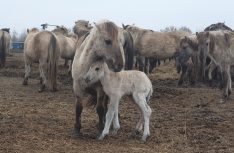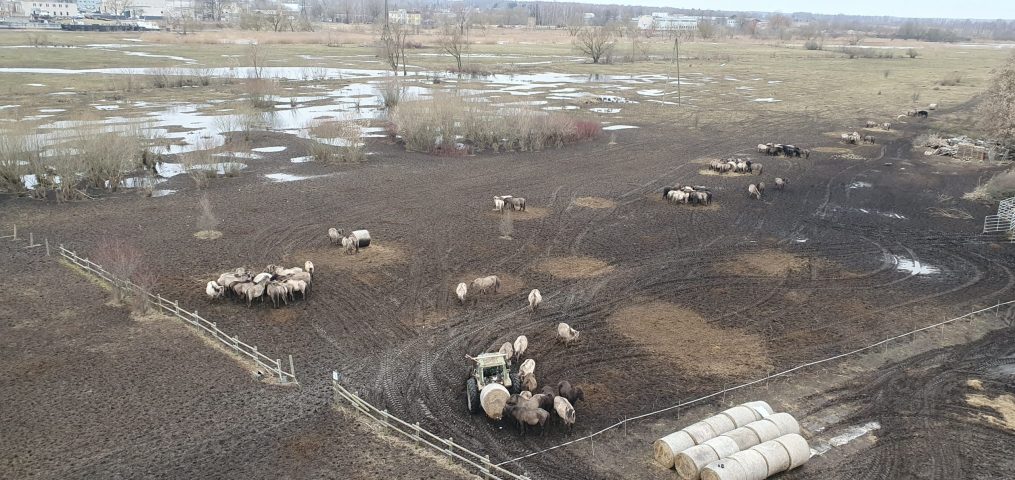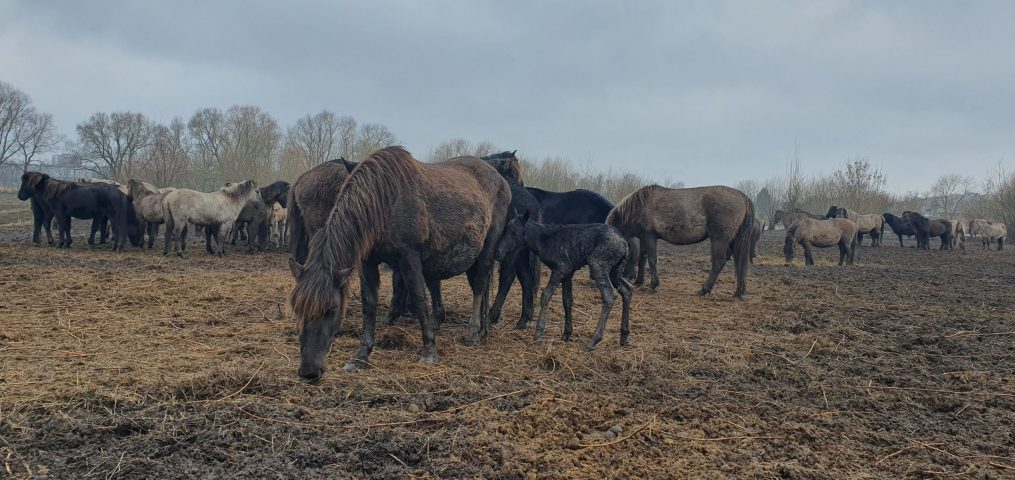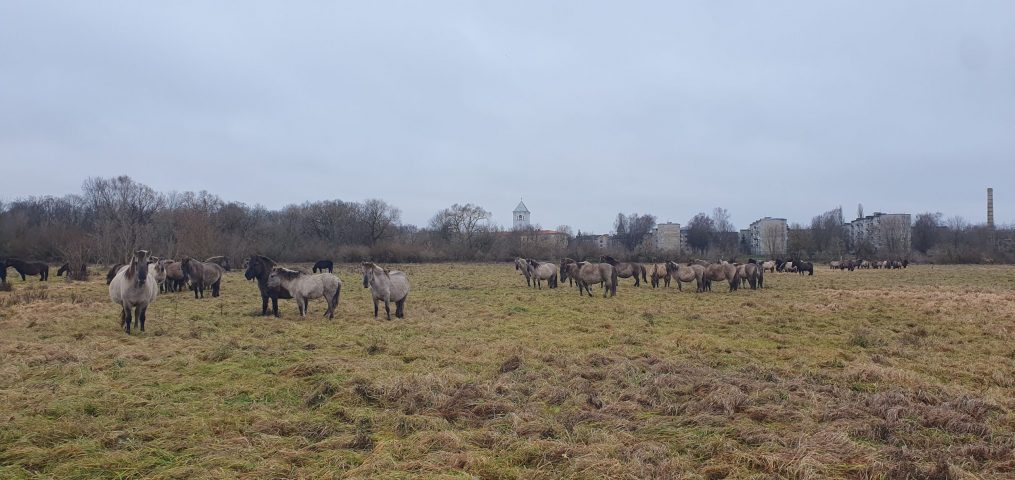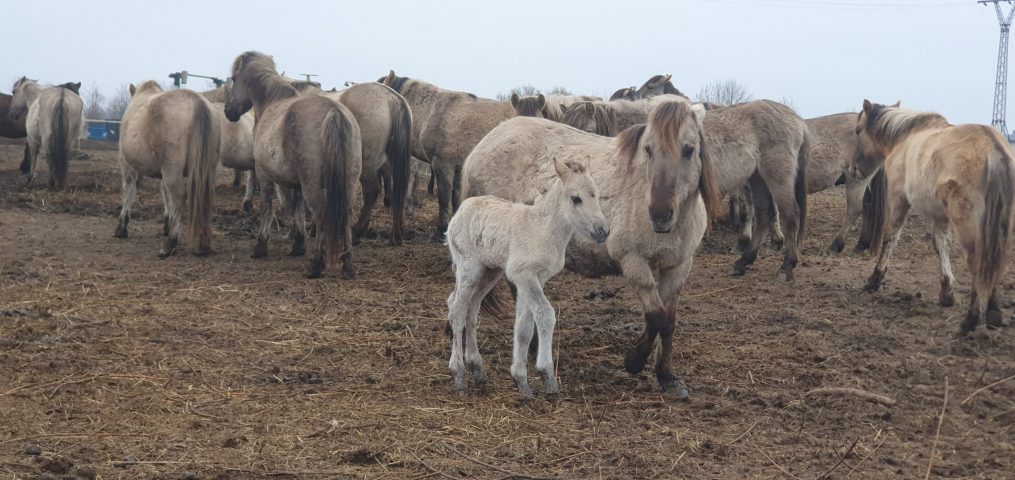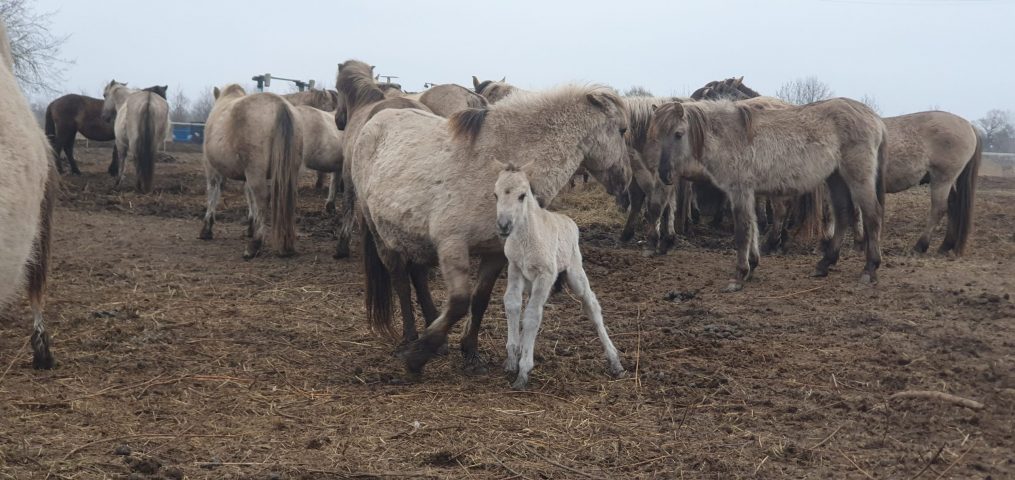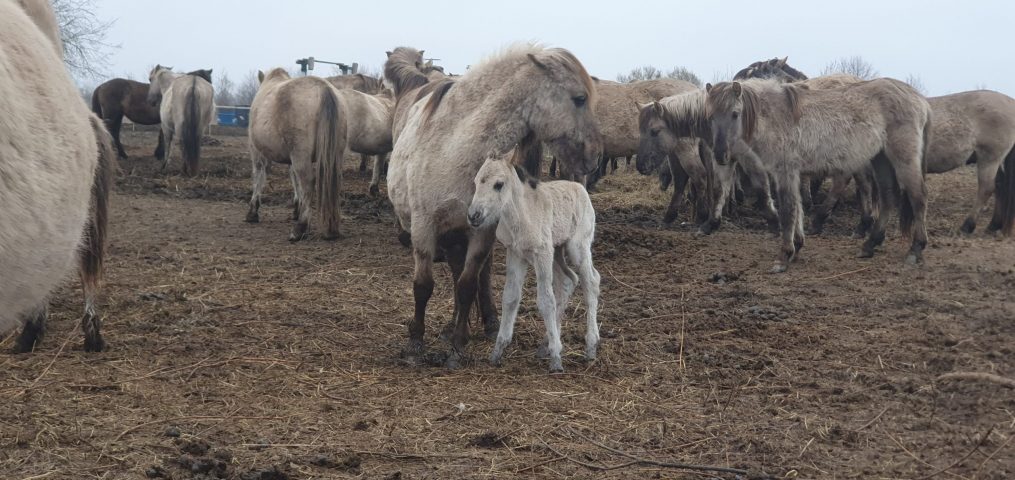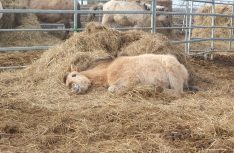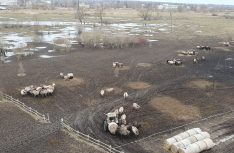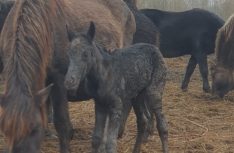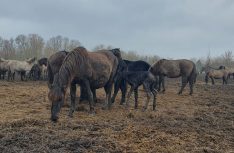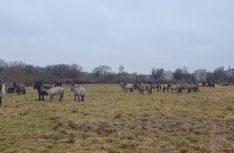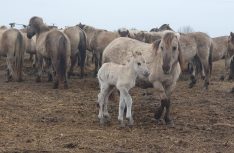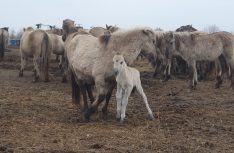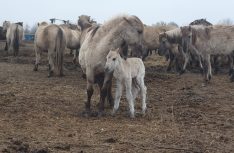News
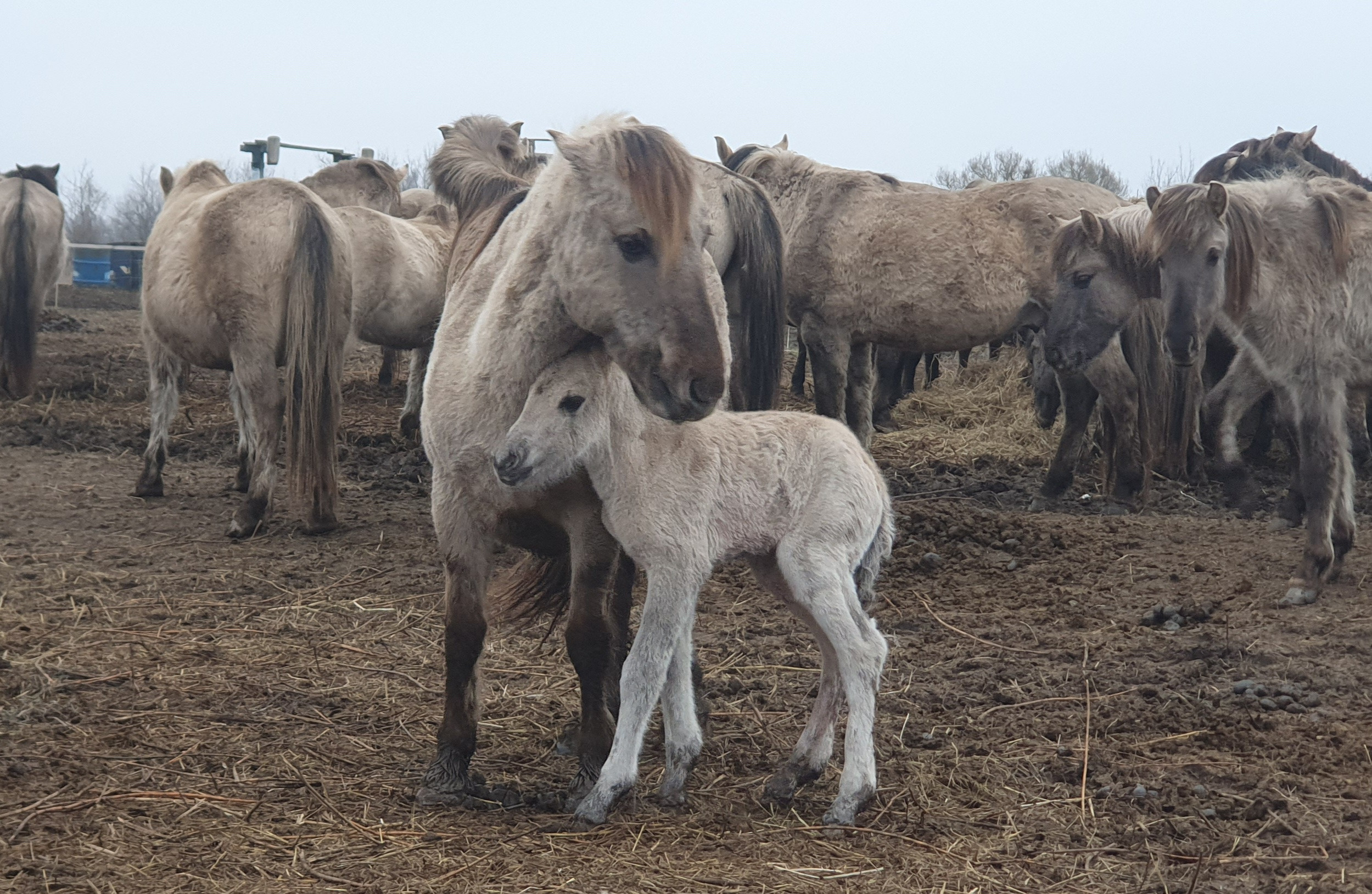
Activity is stirring in the Lielupe floodplain meadows, where wild horses live —three new foals have already joined the group, born in January, February, and March. Visitors to Pilssala island are urged be responsible and observe the horses from a distance.
Einārs Nordmanis, the longtime caretaker of Pilssala’s island horses, says that the first foal arrived unusually early this year – in January. Healthy and active, it quickly joined the herd, followed by two more foals at the end of February and mid-March. Currently, around 90 Polish Konik horses roam the Lielupe floodplain meadows, having successfully endured the winter. “The most important thing for wild horses is freedom, fresh air, and access to food. The first two factors are always present in the meadow, but in winter, around 90 tons of hay or 450 hay bales are provided for the large herd,” says E. Nordmanis.
The horse caretaker adds that there are several more mares are currently expecting, meaning that April and May will bring a baby boom with over ten more foals expected. However, this does not guarantee such a large increase in numbers. “Life in a wild horse herd follows its own rules—survival of the fittest. A foal that can get on its feet, has strong genetics, and a robust immune system can handle various challenges. However, weaker individuals may not survive. It’s a harsh, but natural process of selection in the wild. In some cases, foals can be treated and saved, but in others, congenital conditions (birth defects) cannot be resolved even with medical help. On the other hand, when a strong foal is born, it will join the herd within a few hours, staying with its mother for the first two years until it is expelled, and they have to take care of themselves,” explains E. Nordmanis. He adds that a mare’s fertile period begins at three years old, and the high number of females in the herd ensures a stable population increase each year.
For stallions, spring is the season of competition, as they engage in fierce battles to prove their dominance. “During these spring fights, stallions assert their status and demonstrate their ability to continue their bloodline. This leads to the formation of smaller groups, known as harems, of which there are currently seven. Last year, stallions were in the minority, and the fights were less intense. However, this year, the ratio of males to females has shifted, and the males, including the grown-up stallions, are showing character,” says E. Nordmanis.
Over time, the herd size is regulated, both through natural generational changes and by relocating horses to new homes. “With such a large herd, separation is necessary,” explains E. Nordmanis. In recent years, Polish Koniks from the Lielupe floodplain meadows have been relocated to Finland and Estonia, where the breed is highly valued. “Polish Koniks are intelligent and friendly horses that, under skilled ownership, quickly adapt to domestic life. While wild horses typically live around 20 years, those in domestic care can live up to 30 years,” he notes.
Important visitor guidelines
As visitor numbers to Pilssala island increase with the arrival of spring, it is essential to respect the horses and observe them from a distance. “Never approach the horses. It’s understandable that both children and adults may want to pet the little foals, but not all mares are tolerant of human attention, they may perceive it as a threat and become aggressive. Additionally, stallions are unpredictable at this time of year as they engage in fights and gallop around, which can be dangerous,” warns E. Nordmanis.
The horses move freely across Pilssala island, often gathering near the observation tower. Visitors who wish to feed the horses should follow strict guidelines: “If you really want to feed them, please only bring carrots, red beets, or sliced apples. Scatter the food across a wide area to prevent fights over food. Most importantly, never feed the horses from your hand or approach them with food! Horses get used to treats very quickly, which can make them intrusive or even aggressive,” says E. Nordmanis.
Additionally, visitors should be aware that from April 1 to June 30, the northern part of Pilssala island will be closed to protect nesting birds in the meadows. “The area beyond the second fence and observation tower is under strict protection, meaning any unauthorized human presence is strictly prohibited and subject to administrative penalties,” explains E. Nordmanis. It is important to note that in some places the area is surrounded by an electric fence and attempting to enter the prohibited area is also dangerous.
 8.2 °C,
4.7 m/s,
45.4 %
8.2 °C,
4.7 m/s,
45.4 % 
